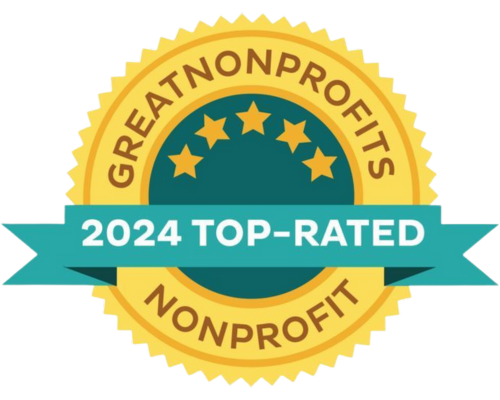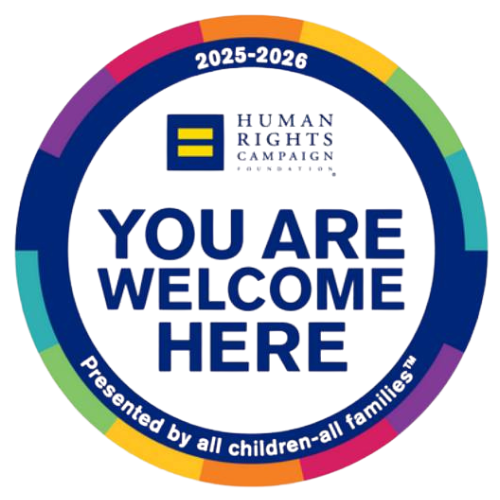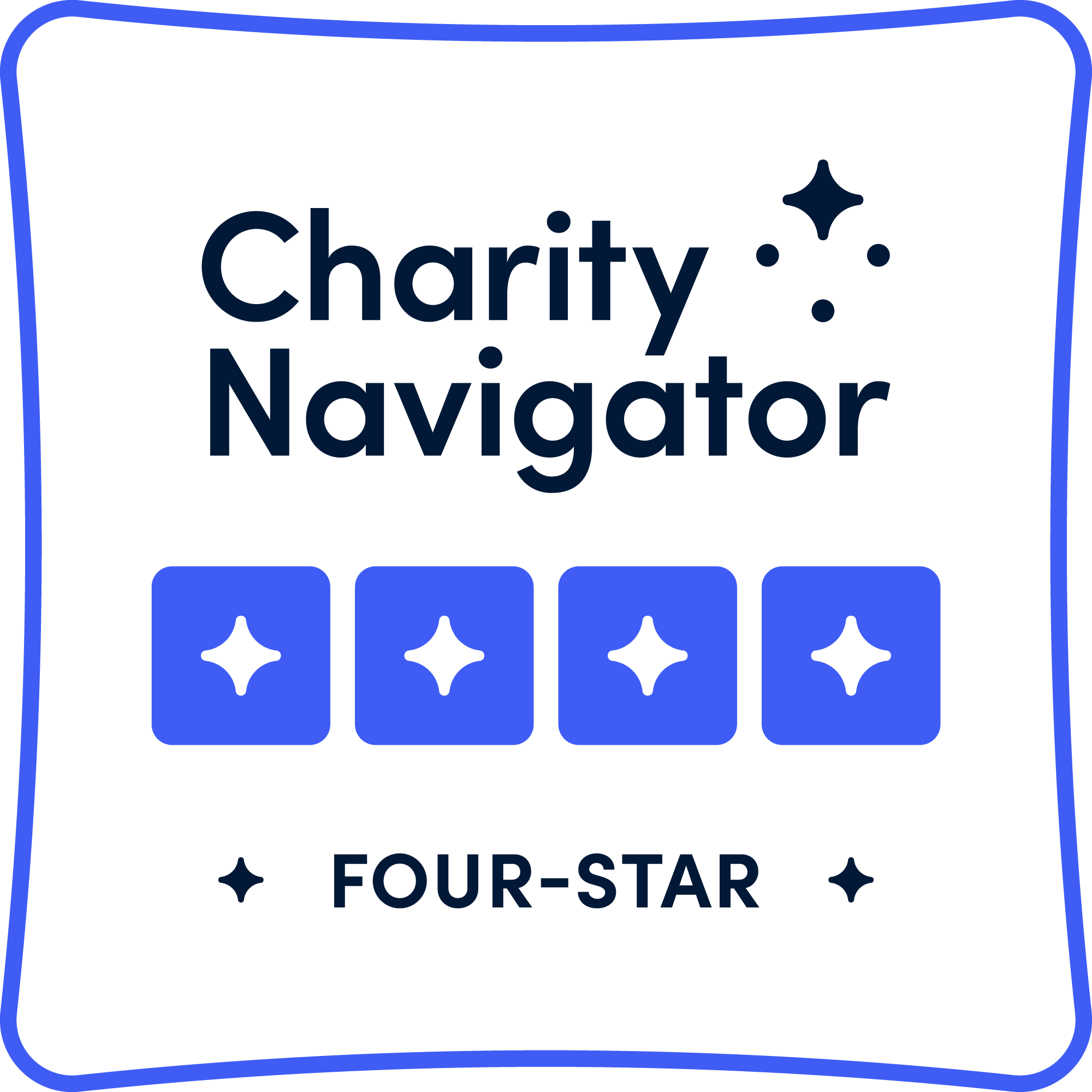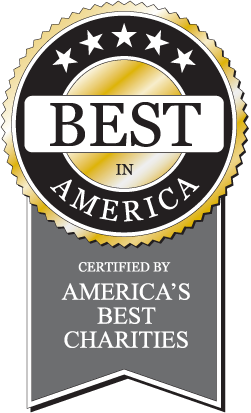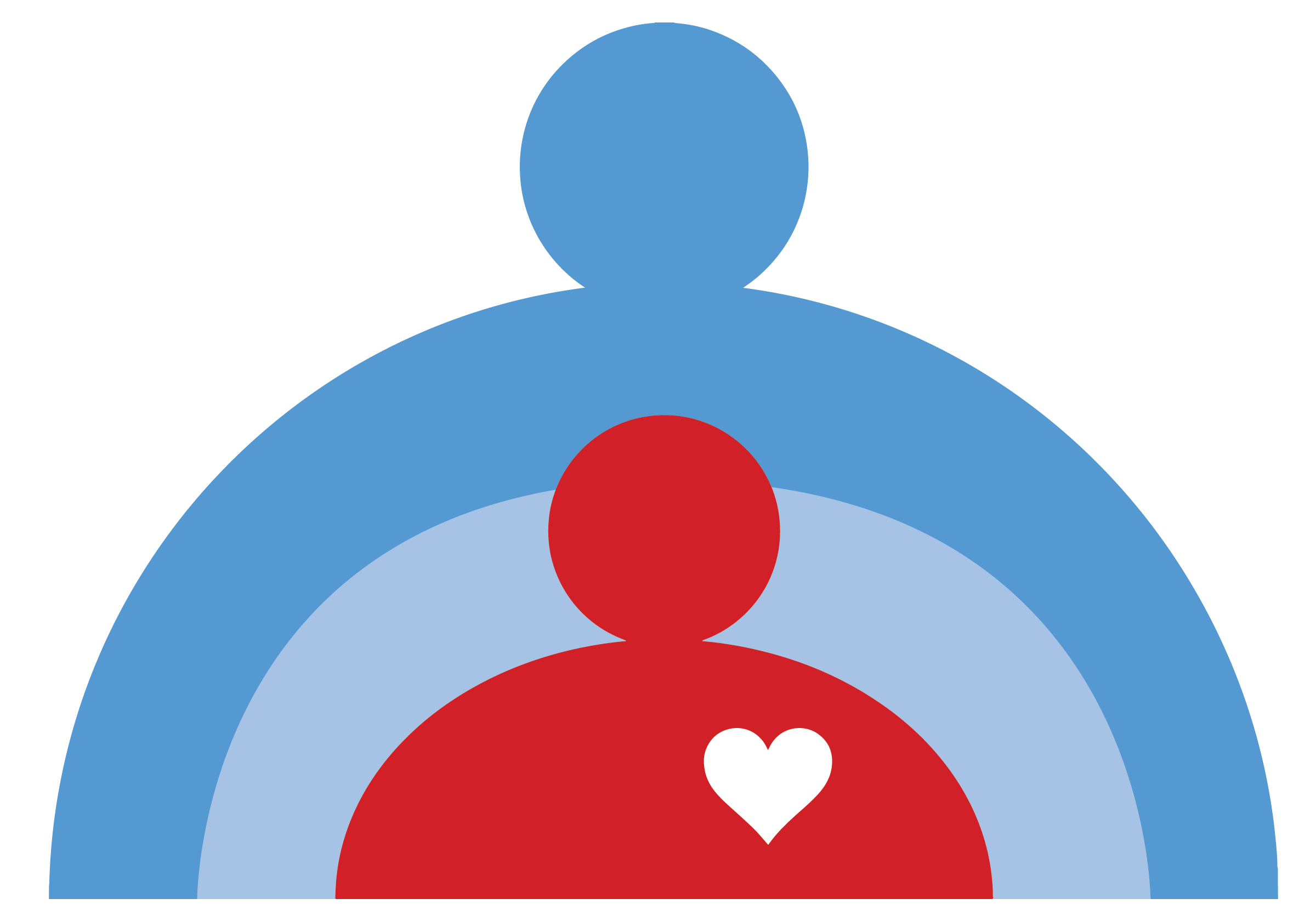How many people can really say a high school class changed their life?
Anna can.
She’d been placed in foster care at 14 after being abused and neglected throughout her childhood. Both her parents had substance use disorders.
She started getting in trouble as soon as she got to high school.
“I’d been through so much,” she says. “My brain was stuck in fight-or-flight mode. I learned to respond to conflict through that lens. So I was often combative and defensive when approached by adults.”
A concerned school psychologist placed her in a class on “restorative justice.”
“She was one of the first adults I knew was in my corner,” Anna says. “I’ll always be thankful.”
For the first time Anna started “thinking of consequences before I acted,” she says. “And realizing that the things that you do to harm yourself, or others, harm the whole community.”
How The Class Worked
Anna spent two semesters in the restorative justice class. In the first semester she learned about conflict resolution theory and techniques. What’s more, she learned what it meant to be a responsible member of a community, and how it starts with being responsible to yourself.
“We learned about connecting our feelings to our actions and what it means to take responsibility for your actions, and the harm that they cause to your community,” she says.
In the second semester she was part of a “peacekeeping circle,” comprised of students and guided by trained facilitators, usually teachers. Students “who had harmed the school community in some way” were referred to the circle, Anna says, sometimes as an alternative to being suspended.
The “responsible party” joined the circle, Anna says, “to identify harm they caused, who it affected and how, and to make a plan to help repair it. We would aim for three things: repairing the harm they had caused to themselves; repairing the harm that was caused to any other party directly involved; and repairing the harm that was caused to the school as a whole.”
The process was confidential. “We would say, what happens in the circle stays in the circle,” Anna says. “That was an important part of making the responsible party feel safe.”
During that semester, Anna actually took part in the process as a “responsible party” twice. Being helped to explore what she’d done and how to address the consequences, she said, was much better for her than simply being disciplined by the school.
Not Just One Path To Healing
The things Anna gained from the restorative justice process changed the trajectory of her life. “The language and the skills started making their way into my life very early on,” she says. “But I didn’t really see the changes they were helping me make, I didn’t make the connection, until I was an adult.”
Anna makes it clear, however, that the healing and personal growth she experienced aren’t exclusive to any one program. “I’m sure there are infinite ways to teach youth the things that I learned,” she says.
This particular school program worked for Anna because:
It made her feel safe. Anna carried many emotional scars from the chaos and abuse she endured as a child. In the restorative justice class she encountered adults “who really put themselves out there to support kids,” something she’d almost never experienced before.
And she joined a community of student-peers who offered her emotional support, not judgment or aggression. Now she had a place where she felt safe to talk about what she’d been through and how it had affected her.
For the first time she was able to let her defenses down and really examine her actions and their consequences, in a place devoted to helping her heal.
She learned new ways to address her pain. A teacher hung a poster in the room where the community circle met that said, “Heal yourself and you can heal the world,” Anna says. That focus was key for her. She had to address the traumas of her childhood before she could begin to understand how they still affected her.
Class activities guided students in “learning what it meant to be grounded in yourself, developing self-awareness, communicating without judgment, and gaining listening skills,” she says. And she learned the importance of maintaining “a positive space for vulnerability and positive discussion,” openly addressing her feelings instead of just getting defensive and bottling them up.
She gained a broader perspective. The class taught Anna to look not just at someone’s actions, but why they happened, which helped her understand her own situation.
This approach meant looking at a responsible party’s school experience in depth, instead of just punishing a specific transgression. Community circle members were prompted to ask questions such as:
“What is your daily routine?”
“Are there any problems at home preventing you from coming to school?”
“Is anyone hurting you at school?”
These questions laid the groundwork for examining specific actions, the harm they caused and ways to heal it.
She was pushed outside her comfort zone. The restorative justice class “made me take on things I wouldn’t have otherwise,” Anna says. “Almost all of what I learned went against what I learned about the world so far.
“I had to unlearn so many basics of the way I was raised, how I learned how to communicate.” That included “learning to set boundaries for myself and not break them, and learning what I can and can’t control,” she says.
She gained self-confidence. Anna tried hard to “live the circle,” she says, and her facilitator praised her hard work. “It felt good to be good at something,” she says, “to have a community, and to have a purpose and a role inside of it.”
Anna says the program facilitator “told me I was capable, dedicated and self-aware and truly understood the process. Having someone believe in me and hearing such positive things meant so much to me at that time. You can do that for a young person in any program you are leading.”
To someone just getting started with a restorative justice program, Anna says:
“Trust the process. You are capable of more than you give yourself credit for, and you deserve more love and kindness than you think.”
**
The Roots of Restorative Justice
Anna feels it’s important to recognize that restorative justice is rooted in the traditions of Indigenous communities, which have long practiced resolving conflicts by helping people acknowledge the harm they’ve caused, in order to maintain peace and repair harm to their communities.
“As a white person who greatly benefited from the practices they used, it is incredibly important to me that a proper introduction to the practice be given,” she says. “My mentors and facilitators taught us to be respectful of the process and where it came from every step of the way.”
***


